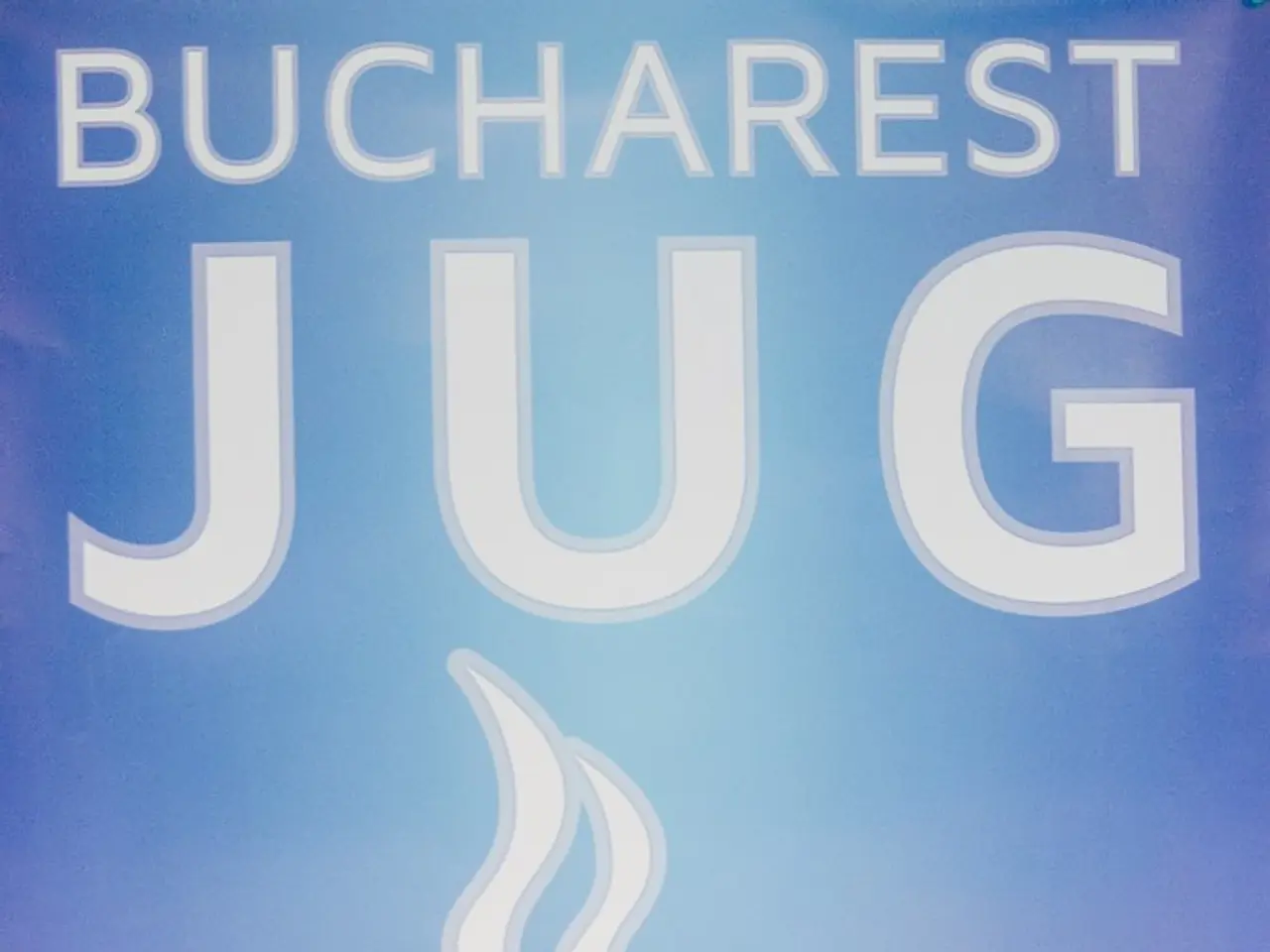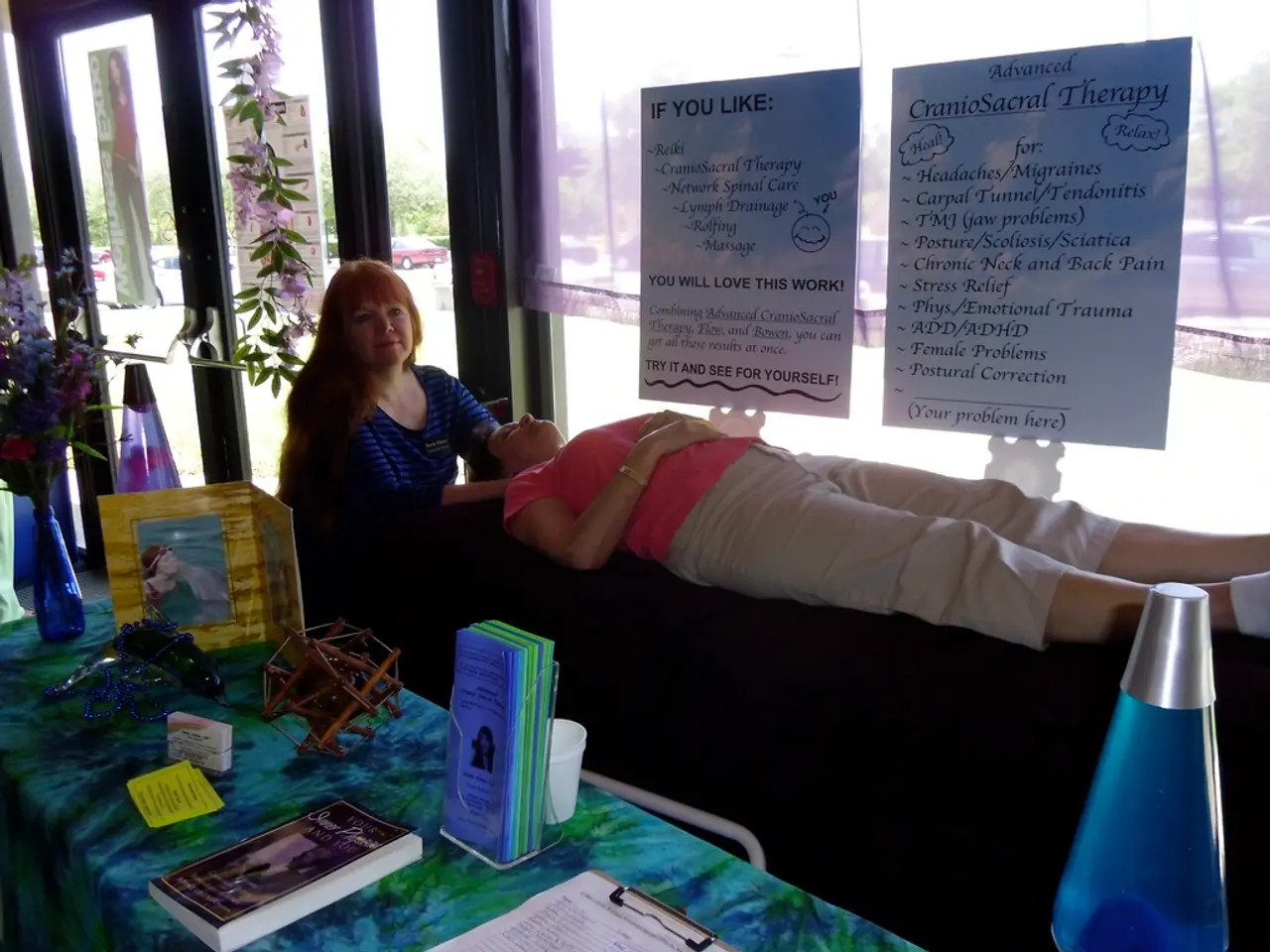Increase in tobacco and alcohol by 50% predicted by WHO
The World Health Organization (WHO) has unveiled a new initiative, the "3 by 35" plan, aiming to combat noncommunicable diseases (NCDs) such as heart disease, cancer, and diabetes by increasing the prices of tobacco, alcohol, and sugary drinks by at least 50% by the year 2035 [1][2].
This ambitious initiative, which is backed by a coalition of governments, civil society, academic institutions, and development organizations, seeks to achieve three key objectives:
1. Reduce the consumption of harmful products, thereby lowering the incidence of NCDs, which are leading causes of death and disability worldwide. 2. Mobilize substantial public revenue, estimated to generate an additional US$1 trillion globally over the next decade [1][2]. 3. Prevent 50 million premature deaths over the next 50 years by cutting consumption of these unhealthy products through effective tax policies [2].
The "3 by 35" initiative operates as a collaborative alliance, providing political engagement, technical assistance on legal frameworks and tax administration, advocacy, and building cross-sector partnerships [1]. By increasing taxes on these products, the initiative leverages a proven public health strategy to reduce demand, improve population health outcomes, and create sustainable domestic financing.
The WHO estimates that the "3 by 35" initiative could raise a trillion dollars (1,000 billion dollars) in the next ten years for healthcare, education, and social protection measures. This revenue could be used to fund the fight against diseases like heart disease, cancer, and diabetes [1][2].
However, it is important to note that the WHO has not specified the exact amount of tax increase for each product in its proposal nor has it disclosed how the revenue from these tax increases will be distributed among countries [1][2]. Furthermore, the report is from the working group "Tax policy for health," funded by the non-profit organization Bloomberg Philanthropies, and the WHO has not stated whether these tax increases will be applied globally or only to specific regions [1].
Non-communicable diseases account for three-quarters of all deaths worldwide, according to WHO figures, making this initiative a potential significant source of income for the fight against these diseases. The WHO is urging countries to raise the prices of these health-harming products by at least 50% through tax increases by 2035 [2].
In summary, the WHO's "3 by 35" initiative targets a 50% price increase on tobacco, alcohol, and sugary drinks by 2035 to cut harmful consumption, generate significant revenue, and prevent 50 million premature deaths, thereby strengthening health systems and advancing sustainable development goals [1][2][4].
- The "3 by 35" initiative, aimed at combating noncommunicable diseases, seeks to implement tax increases on harmful products like tobacco, alcohol, and sugary drinks in the field of personal-finance and business, as a strategy to lower consumption, boost health-and-wellness outcomes, and generate substantial public revenue estimated to reach US$1 trillion globally by 2035 [1][2].
- A notable objective of the "3 by 35" plan is to provide financial resources for healthcare, education, and social protection measures, leveraging nutrition funds to combat heart disease, cancer, and diabetes [1][2].
- In addition to political engagement and technical assistance, the "3 by 35" initiative also focuses on advocacy to influence legal frameworks and tax administration, fostering cross-sector partnerships in the medical-conditions sector [1].
- It is pivotal to remember that the exact amounts of tax increases for each product and the distribution of revenue among countries remain undisclosed in the WHO's proposal, with the initiative being partially funded by the non-profit organization Bloomberg Philanthropies [1][2].




